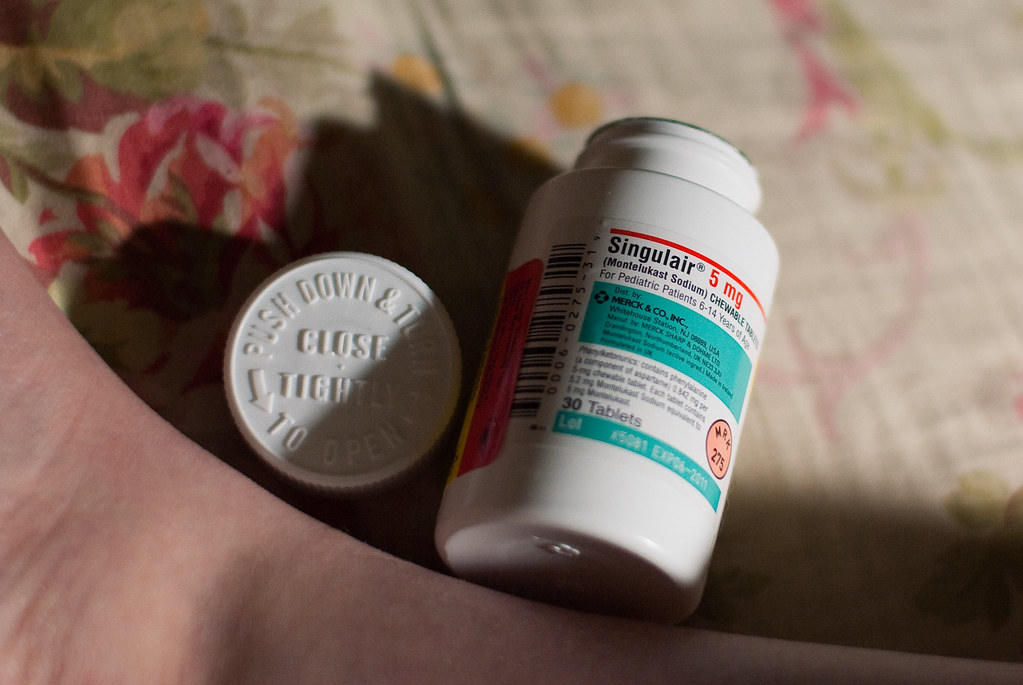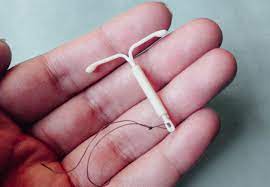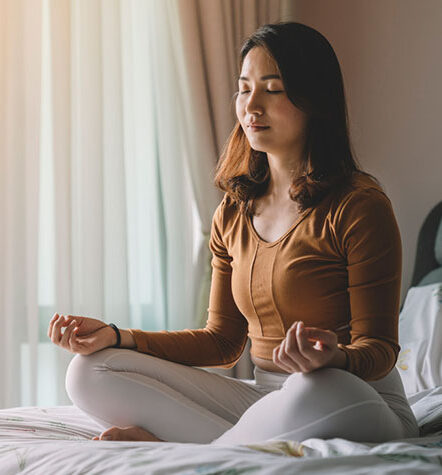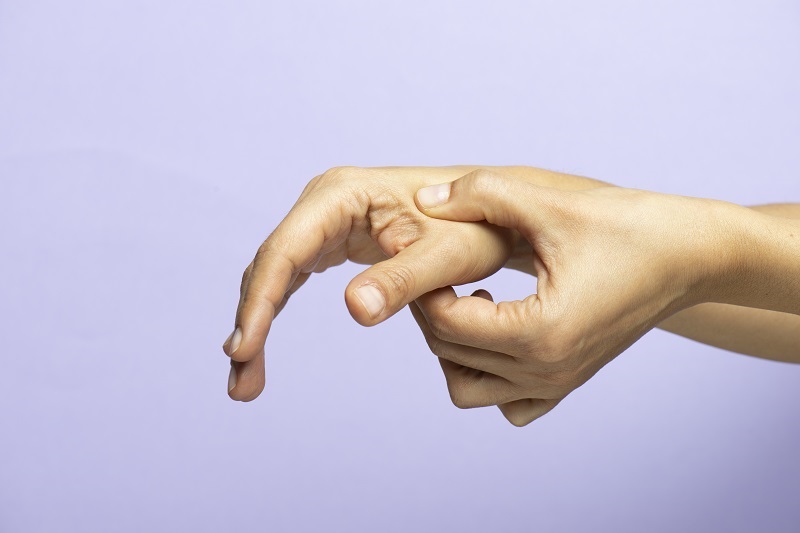
Are you an anxious person? You might find that drawing in a journal can be a helpful tool to reduce your anxiety. We call this anxiety drawing, and it can have positive effects on a person’s mental health. Anxiety drawing is a term that refers to the act of drawing as a form of therapy for anxiety. It is a tool that can help individuals manage their anxiety by providing a creative outlet and a way to explore and express their thoughts and feelings in a non-verbal way.
When a person experiences anxiety, it can be challenging to find the right words to express how they feel. Anxiety drawing provides a way for them to communicate their emotions and thoughts visually. Through the use of color, shape, and form, they can represent their anxiety in a way that is unique to them. This can help them to gain a deeper understanding of their anxiety and develop coping strategies.
Anxiety drawing can also be used to reduce stress and promote relaxation. When a person is drawing, they are focused on the present moment and the act of creating. This can help to distract them from negative thoughts and feelings and promote a sense of calmness.
One of the benefits of anxiety drawing is that it can be done in a journal, which provides a safe and private space for self-expression. The act of drawing in a journal can also increase self-awareness and mindfulness. When a person draws in a journal, they can look back at their drawings and see patterns and themes emerge. This can help them to identify triggers for their anxiety and develop strategies to manage it.
In addition to drawing in a journal, there are other ways to incorporate anxiety drawing into daily life. Some individuals find coloring books to be helpful, as they provide a pre-made design to fill in with color. Others may enjoy sketching or doodling while on the phone or in a meeting to help manage their anxiety in the moment.
Benefits of Anxiety Drawing in a Journal when Feeling Anxiety:
- Provides a creative outlet: Drawing allows you to express your feelings and thoughts in a non-verbal way. You can create images that represent your emotions and explore them through the act of drawing.
- Reduces stress and anxiety: The process of drawing can be calming and meditative, helping to reduce stress and anxiety. It can also distract you from negative thoughts and feelings.
- Increases self-awareness: Drawing in a journal can help you become more aware of your thoughts and feelings. By putting them down on paper, you are able to see them more clearly and understand them better.
- Encourages mindfulness: When you are drawing, you are focused on the present moment and the act of creating. This can help you to be more mindful and present in your daily life.
Ways to Reduce Anxiety through Drawing:
- Start by creating a safe and comfortable space for yourself where you can draw without interruption.
- Choose materials that you enjoy using, such as colored pencils, markers, or crayons.
- Begin with simple drawings or doodles, and then gradually move on to more complex images as you feel more comfortable.
- Allow yourself to be free and spontaneous in your drawing. Don’t worry about making mistakes or creating a perfect image.
- Focus on the process of drawing, rather than the outcome. The act of drawing itself is therapeutic, regardless of what the final image looks like.
- Use your drawing to explore your thoughts and feelings. You can create images that represent your anxiety, or use your drawing to imagine a calm and peaceful place.
If you are interested in trying anxiety drawing as a tool for managing your anxiety, here are some additional tips:
- Set aside time for drawing each day, even if it’s just for a few minutes.
- Create a comfortable and inviting space to draw in, with good lighting and your favorite art supplies.
- Experiment with different types of drawing materials to see what you enjoy using the most.
- Don’t worry about creating a perfect drawing. Focus on the process of drawing and allow yourself to make mistakes.
- Use your drawing to explore your emotions and thoughts. You can create images that represent your anxiety or draw a picture of a place that brings you calm.
- If you find it challenging to get started, consider using prompts to guide your drawing. There are many books and websites that offer drawing prompts for anxiety and mental health.
Anxiety drawing can also be used in conjunction with other forms of therapy. For example, an art therapist may incorporate anxiety drawing into their sessions with clients to help them process their emotions and thoughts in a non-verbal way. They may also use different art materials and techniques to encourage clients to explore different aspects of their anxiety.
In addition to the therapeutic benefits, anxiety drawing can also be a fun and enjoyable activity. It can be a way to escape from daily stressors and engage in a creative activity that brings a sense of fulfillment and joy. This can be particularly important for individuals who have a hard time finding pleasure in other activities due to their anxiety.
It’s important to note that while anxiety drawing can be helpful, it is not a substitute for professional mental health treatment. If you are struggling with anxiety or other mental health concerns, it’s important to seek help from a mental health professional who can provide personalized and evidence-based treatment.
It’s important to prioritize self-care when managing anxiety. Drawing can be a helpful tool, but it’s also important to engage in other self-care activities such as exercise, spending time with loved ones, and practicing relaxation techniques such as deep breathing and meditation.
Remember, anxiety drawing is a valuable tool for individuals who experience anxiety and can help individuals manage their anxiety and improve their mental health. It provides a creative outlet for self-expression, and explores emotions and promotes relaxation and mindfulness. By incorporating anxiety drawing into their daily routine, individuals can develop effective strategies for managing their anxiety and improving their mental health. If you are experiencing anxiety, consider giving anxiety drawing a try to see if it can help you cope with your symptoms.
Here at depressiondrawing.com and anxietydrawing.com we provide you with a Drawing Journal that can be used for drawing out the feelings of anxiety that you have. We have two sizes of journals. Click the link below to see these journals and order the size you want.

















Leave a Reply
You must be logged in to post a comment.